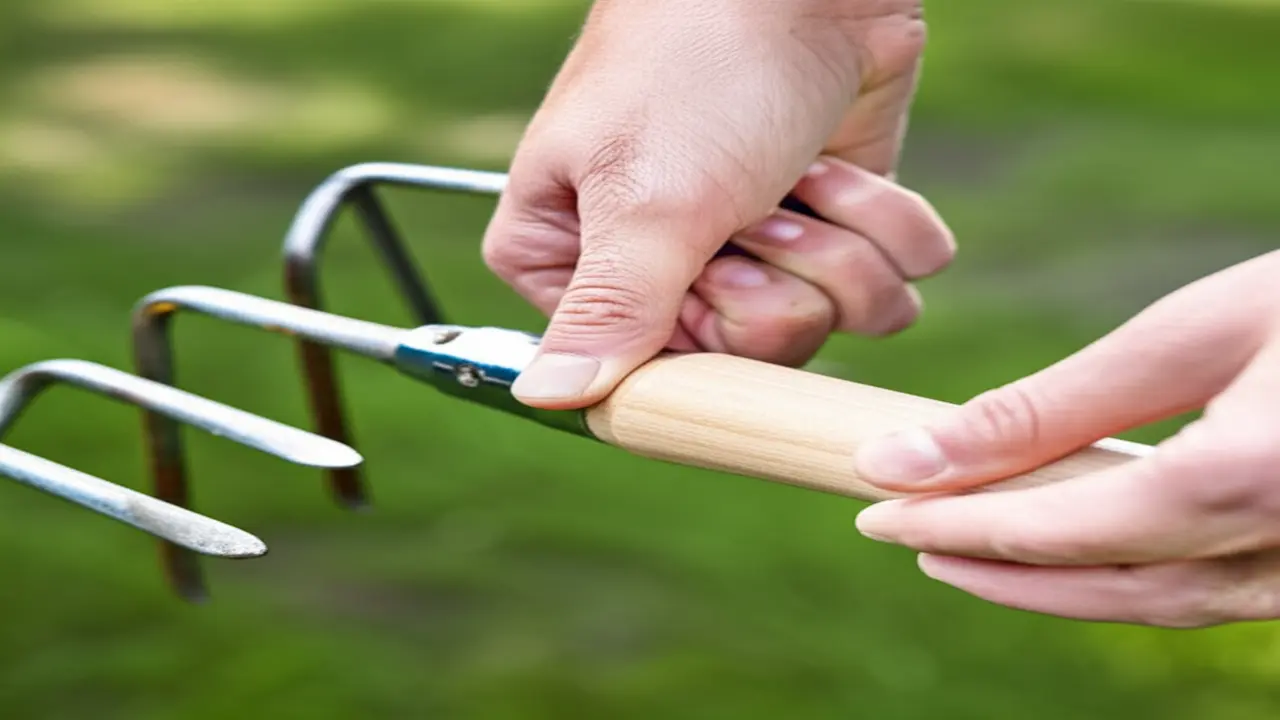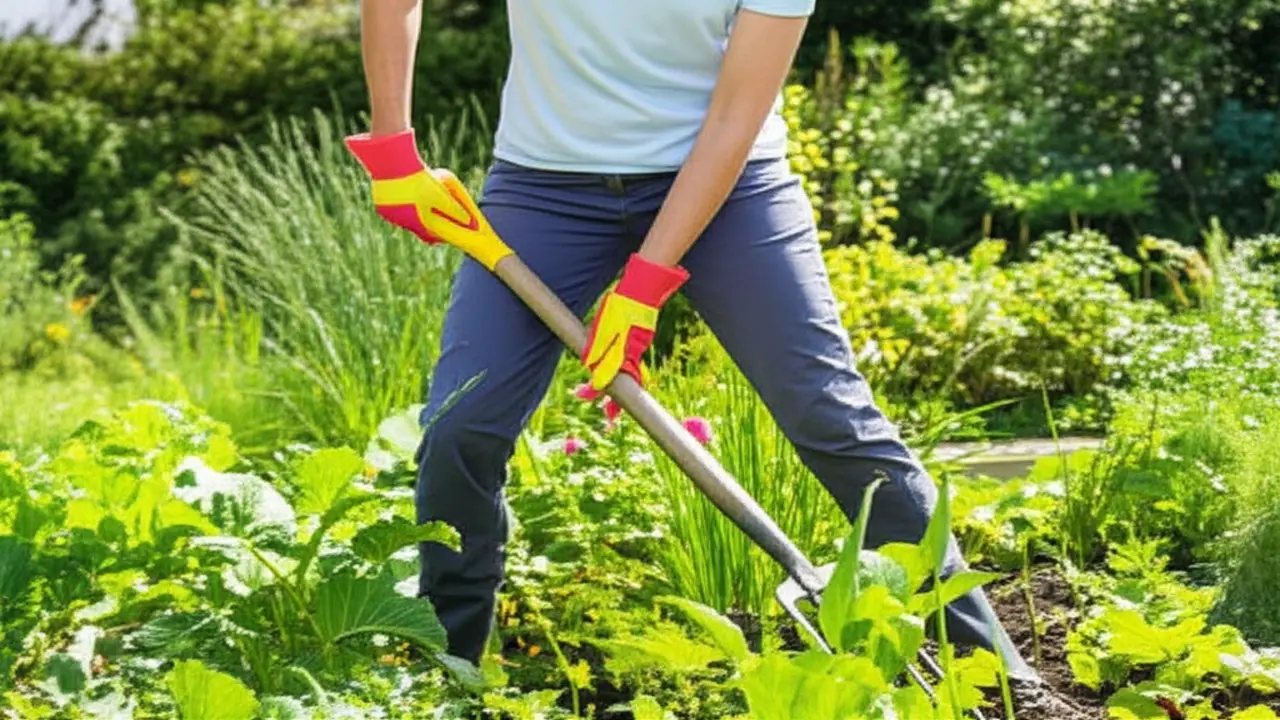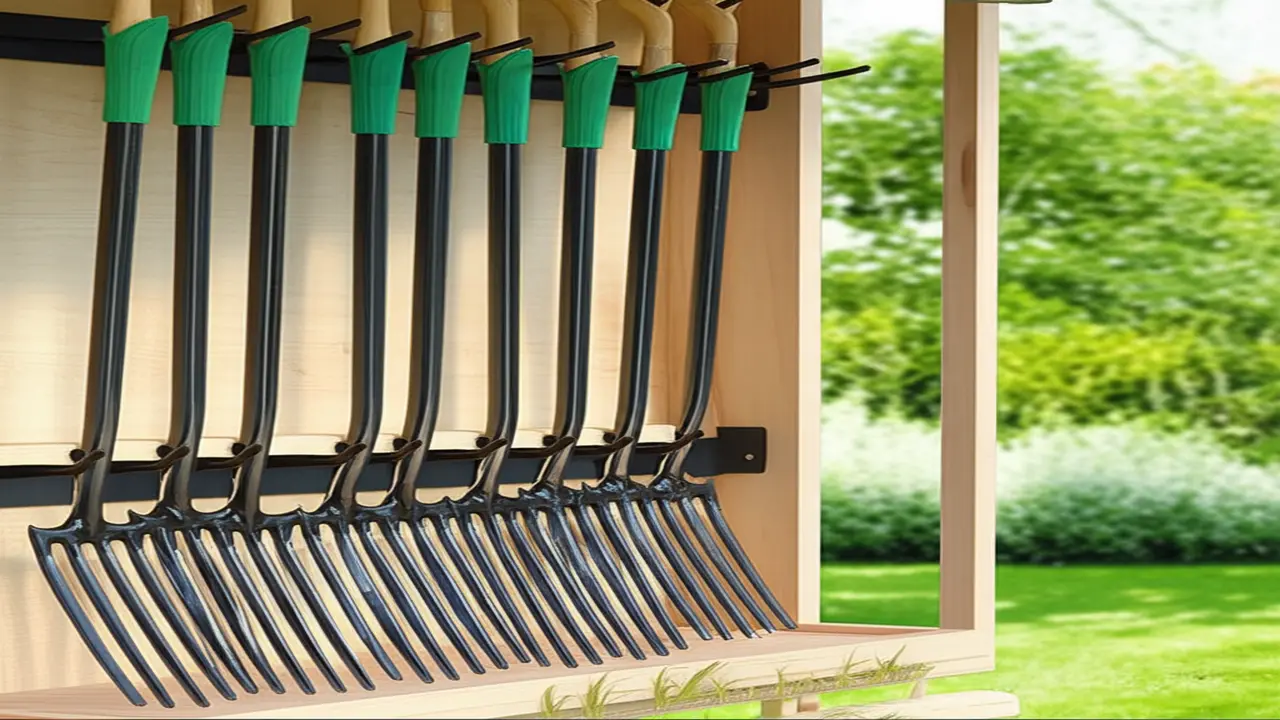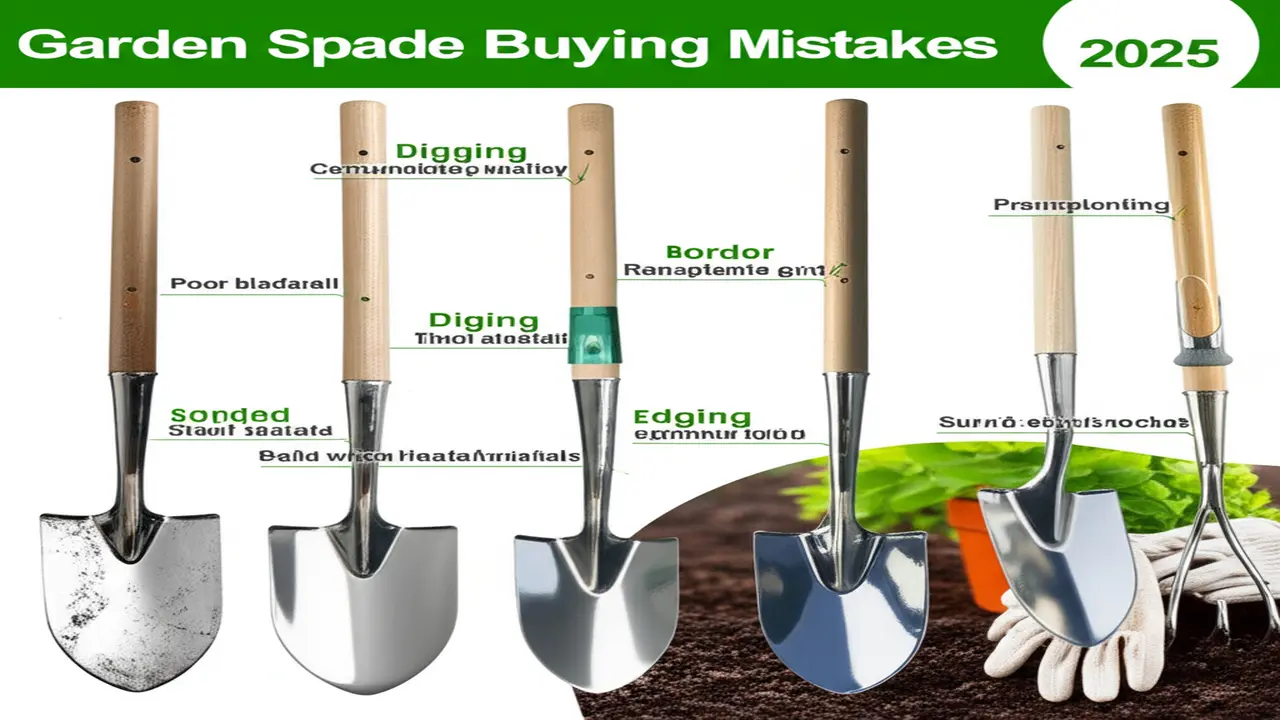Garden forks are indispensable tools for gardeners and landscapers. Their robust design and multifunctional nature enable soil loosening, aeration, and root separation. However, to wield these tools effectively and without harm requires knowledge and careful attention to safety. In this 2025 guide, we delve deep into trusted garden fork safety tips to help you work safely, efficiently, and with ergonomic care, ensuring your gardening remains enjoyable and injury-free.
Thank you for reading this post, don't forget to subscribe!I. Introduction: Why Garden Fork Safety is Paramount
Understanding the significance of garden fork safety begins with appreciating the tool’s versatility and potential risks. Garden forks can cause back strain, puncture wounds from tines, and muscle fatigue if misused. This comprehensive guide covers pre-use checks, proper handling techniques, hazard awareness, maintenance, and storage practices to maximize safe usage and tool longevity.
II. Before You Dig: Essential Pre-Use Safety Checks
A. Tool Inspection: Is Your Fork Fit for Purpose?
Before you start digging, inspect your garden fork for any signs of wear or damage. Examine the handle closely for cracks, splinters, or looseness — a compromised handle can break under stress, leading to accidents. Check the tines for straightness and sharpness; bent or rusted tines reduce digging efficiency and increase injury risk. Ensure all components, from handle to tines, are tightly secured together to provide stable operation.

B. Personal Protective Equipment (PPE): Dress for Success and Safety
Safety gear is essential when handling garden tools. Wearing sturdy closed-toe footwear helps protect your feet from accidental impacts or stepping on sharp objects. Durable gloves improve grip and protect against splinters or cuts from rough tool surfaces or inadvertent contact with sharp tines. Choose clothing that fits well without loose or dangling parts to prevent snagging or entanglement while using your garden fork.
C. Site Assessment: Scouting Your Digging Zone
Before placing your tool in the ground, survey the area you’re about to work. Remove any debris like sticks, stones, or litter to create a clear workspace. It’s crucial to identify and contact local utility services to mark underground lines for gas, electricity, or water to prevent dangerous strikes during digging. Also, note the presence of large rocks or roots on the surface to plan your digging technique accordingly, mitigating risks of sudden tool deflections.
III. Safe Usage Techniques: Mastering Ergonomics and Efficient Digging
A. Body Mechanics & Ergonomics: Protecting Your Back and Joints
Employing proper body mechanics when using a garden fork shields your back and joints from strain. Begin by adopting a power stance: bend your knees slightly, keep your back straight, and engage your core muscles. Grip the fork handle with hands placed for optimal leverage—usually about shoulder-width apart—to enhance control. Instead of relying on brute strength, use leverage and shift your body weight forward smoothly to drive the tines into the soil. Taking smaller soil loads on the fork helps maintain balance and reduces muscle fatigue over time.

B. Effective Digging & Loosening Methods
Proper digging technique begins with penetrating the soil straight down using the fork’s tines. Employ a subtle rocking motion to loosen the soil without excessive force. When turning soil, focus on gentle lifts rather than twisting movements to protect your back. When digging near roots or rocks, gradually work the fork around them to prevent tool damage and prevent injuring nearby plants.
C. Situational Awareness: Safety Around Others and Pets
Maintain awareness of your surroundings while working. Keep a safe distance from other people or pets to prevent accidental injuries. Never leave your garden fork unattended with tines pointing upward as this poses a serious risk for puncture wounds. Communicate your movements, especially when working closely with others, to ensure coordinated and safe operations.
IV. Hazard Hotspots: Avoiding Common Dangers While Digging
A. Striking Buried Obstacles
Striking buried rocks or debris can cause the garden fork to bounce violently or damage the tool. Large roots require cautious and gradual loosening to avoid sudden tool jolts. Always be alert for hidden hazards such as broken glass or metal shards that can cause injury.
B. Underground Utilities
Damaging underground gas, electric, or water lines can lead to severe accidents or property damage. Always contact local utility location services before beginning any digging to have utility lines clearly marked, minimizing risk of strikes.
C. Puncture Wounds and Cuts
To prevent puncture wounds or cuts, handle the fork with care. Keep gloves on to protect hands from splinters and rough surfaces, especially if the handle is weathered or damaged. Always store forks safely with tines down or covered to reduce accidental injuries.
V. Post-Use Care: Cleaning, Maintenance, and Secure Storage
A. Immediate Cleaning
After use, promptly remove soil and plant debris from the fork. Clean the handle and tines thoroughly and dry them to prevent rust and deterioration.
B. Basic Maintenance
Regularly apply light oil to the metal tines to inhibit rust formation. Wooden handles may require sanding and oiling to maintain smoothness and durability. Sharpen tines as needed using appropriate tools, ensuring safety when performing maintenance.
C. Proper Storage
Store garden forks in designated areas such as sheds or tool racks. Position forks with tines down or covered to avoid accidental harm. Ensure storage spots are secure and stable to prevent tools from falling or dislodging.

VI. Choosing the Right Garden Fork for Enhanced Safety
A. Matching Tool to Task
Garden forks come in varieties including digging forks, border forks, and pitchforks, each designed for specific tasks. Handle length and material influence comfort and safety; longer handles reduce bending but may be harder to control, while strong but lightweight materials improve maneuverability. Choose tine strength and shape aligned with soil type and gardening needs, for example, heavier duty tines for compacted soil.
B. Quality Over Price
Investing in a durable, well-crafted garden fork prevents equipment failure, reducing injury risk and improving efficiency. Quality tools often justify their cost through longevity and comfortable use.
VII. Common Mistakes to Avoid: A Quick Checklist
- Using garden forks as pry bars can cause tool damage or user injury.
- Overloading forks with heavy soil burdens increases strain and risk.
- Ignoring damaged or loose handles compromises tool safety.
- Leaving forks lying with exposed tines creates trip and puncture hazards.
- Failing to inspect the work area exposes you to unexpected hazards.
- Not wearing appropriate footwear increases risk of foot injuries.
VIII. Conclusion: Cultivating a Culture of Safety
Following these garden fork safety tips ensures your woodworking sessions remain safe and productive. Safety is not a one-time practice but rather an ongoing commitment—regular inspections, proper technique, attentive maintenance, and thoughtful storage all contribute to injury prevention and tool longevity. Embrace safety to enjoy gardening that is not only effective but also secure and rewarding.
Frequently Asked Questions (FAQs)
- What is the best way to avoid back strain when using a garden fork?
- Adopt an ergonomic stance by bending knees, keeping your back straight, and engaging your core muscles. Use leverage, shift your body weight smoothly, and avoid twisting motions.
- How often should I inspect my garden fork?
- Inspect before each use for cracks, rust, loose parts, or bent tines to ensure tool integrity and safety.
- Are there specific gloves recommended for garden fork use?
- Yes, sturdy gloves with good grip and resistance to punctures and abrasions are recommended to protect hands and improve handling.
- Can I sharpen the tines myself?
- Sharpening can be done safely with proper tools and protective gear. If unsure, seek professional assistance to avoid injury.
- How should garden forks be stored to prevent accidents?
- Store forks in sheds or racks with tines down or covered, ensuring they are stable and inaccessible to children or pets.
For further guidance on selecting ergonomic garden tools that reduce injury risks, explore our detailed reviews on ergonomic garden spades. Additionally, for comprehensive safety regulations and practices, consult external resources like the Occupational Safety and Health Administration (OSHA) and the National Safety Council.
To understand the safe handling of soil and excavation, the University of Illinois Extension offers excellent insights on tilling safety that complement garden fork safety.

